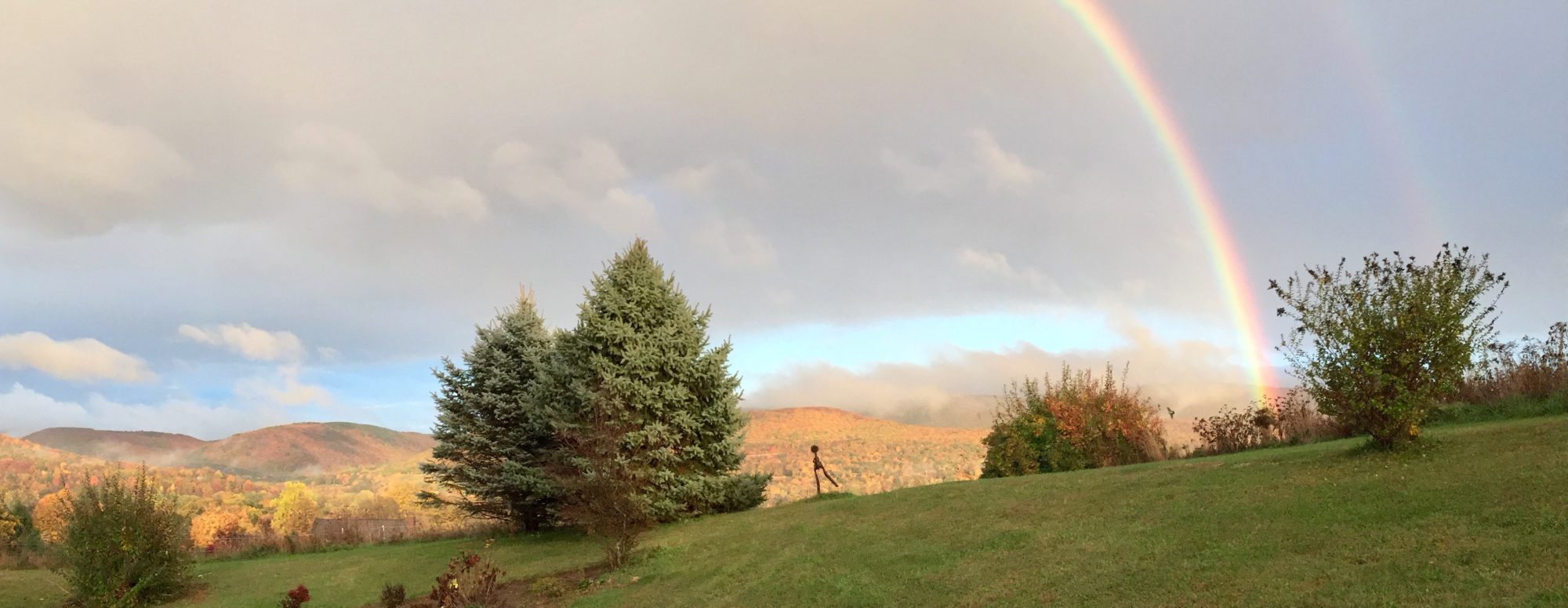The Winter Solstice is on Wednesday, December 21, 2022 at 4:48 PM. This is the time when the Earth’s tilt away from the Sun is at its maximum and the Sun’s maximum elevation in the sky is at its lowest. In our Northern Hemisphere this marks the shortest day and the longest night.

From ancient times to the present, the winter solstice is celebrated in cultures world wide. Besides Stonehenge in the U.K., here are a few examples.
Alban Arthan is Welsh for “light of winter”. In Druidic tradition it is thought of as a time of death and rebirth when nature’s powers and our own souls are renewed.
The Feast of Juul– This is a festival observed in Scandinavia when fires are lit to symbolize the heat, light, and life given properties of the returning sun.
Dongzhi Winter Solstice Festival – The ancient Chinese believed that the yang or the positive energy will become stronger and stronger after this day, and so families would get together to celebrate.
Christmas – Although Christmas is celebrated on December 25th, the reason is obscure. Many researchers believe that Christmas originated as a Christian substitute for pagan celebration of the winter solstice.
Hanukkah – Rabbi Jill Zimmerman reminds us that Hanukkah begins in the darkest month of the year. We light candles for 8 nights but we begin with just one. We increase the light by adding one more candle for the next seven nights . The custom of adding one more candle comes from the Talmud, which stresses the principle of adding light and holiness to the world.
Yoga – The winter solstice is a powerful time of transformation. It is also a sacred time of renewal. Winter is a time of introspection when we acknowledge our dark side with compassion. We surrender to the darkness and begin to open to the light and longer days. We let go of our old wounds and sorrows and allow the new light to shine in.

We are in the midst of the busy holiday season. It is often a stressful time with lists of things to do. So much preparation! The Solstice is a reminder to take some time out for self care, as described elsewhere. As my yoga teacher said in class today, “Turn off your outer devices and open up your inner devices”. Open up to new possibilities as you sit, reflect, reset, and release. Just as the Sun stands still on the solstice, allow yourself to pause. Swap “doing” for “being”.
Traditionally, the sun salutation, surya namaskar is practiced on the solstice as a way to honor the light of the Sun. Sequences involving heart and hip openers are often suggested. Keep in mind that the winter solstice reflects the dance between the poles of light and dark. So these and other yang poses should be balanced by Yin poses that reflect qualities of slowness, reflection and receptivity. The bottom line is that your asana practice should be done mindfully with your full attention and inner awareness.
Wake up with the Sun.
As always begin your practice with setting an intention or stating your heartfelt desire. Practice a warming pranayama and meditation. Enjoy an extra long savasana practice or yoga nidra where you become a portal receiving the light of renewal and rebirth. Share your light with the Universe.
” Even
After
All this time
The sun never says to the earth,
‘You owe me.’
Look
What happens
With a love like that,
It lights the whole sky. “
~Hafiz



Dear Franny,
The thoughts you shared are wonderful, but they are not only for this transformative time of the year. It is a good practice for each of the days of one’s life.
Thank you for sharing yours with me.
Andy
….The photos are beautiful as well!
As always: beautifully written, informative & uplifting. Inspires optimism and warmth just in time for the holiday season!
And thank you for sharing some of the historical context behind our favorite holiday rituals!
Your perspective is refreshing and helpful to me . Ive always heard about making an intention before a yoga practice, but now I understand it better and will hopefully use that advise daily. Thank you!